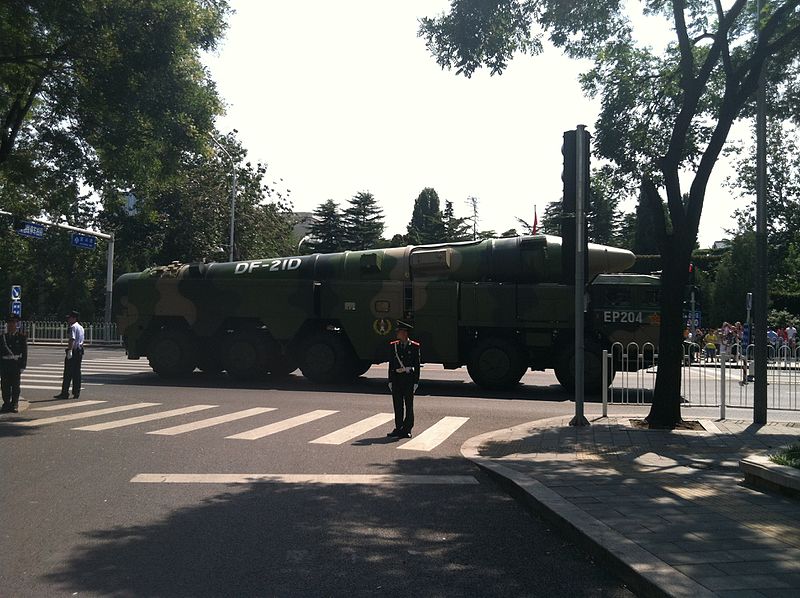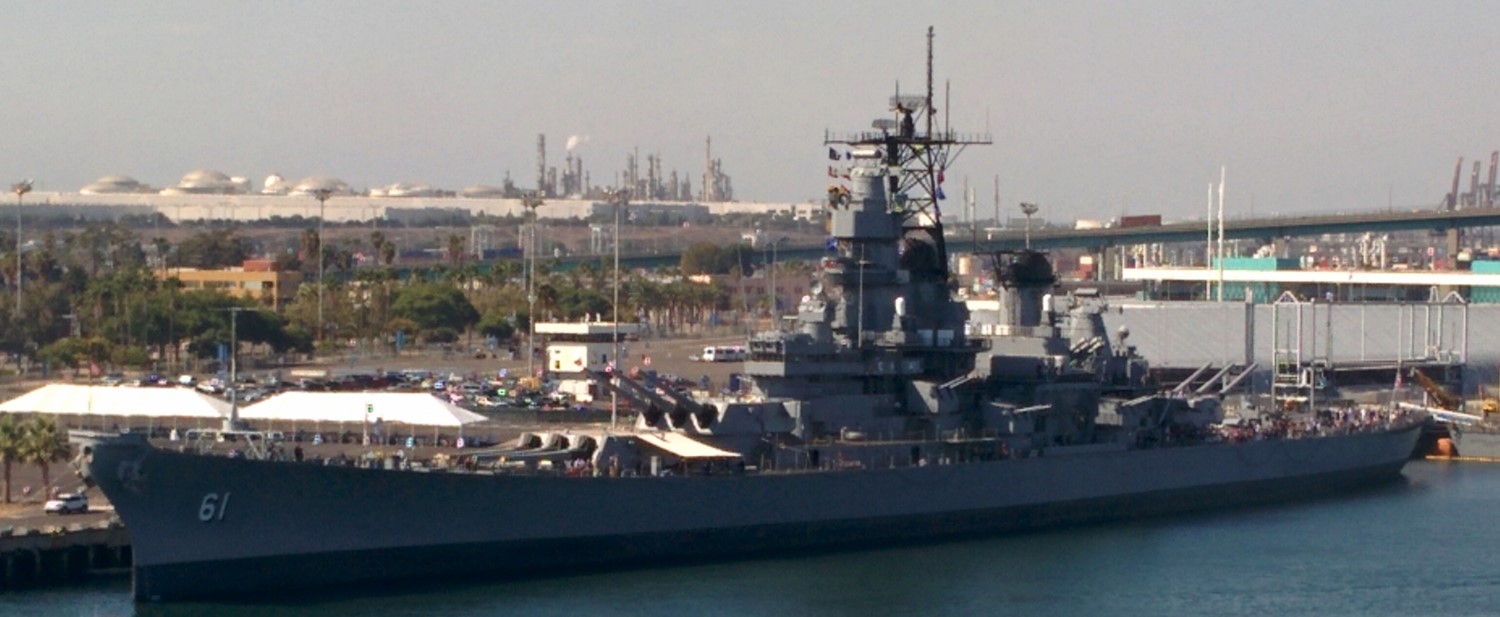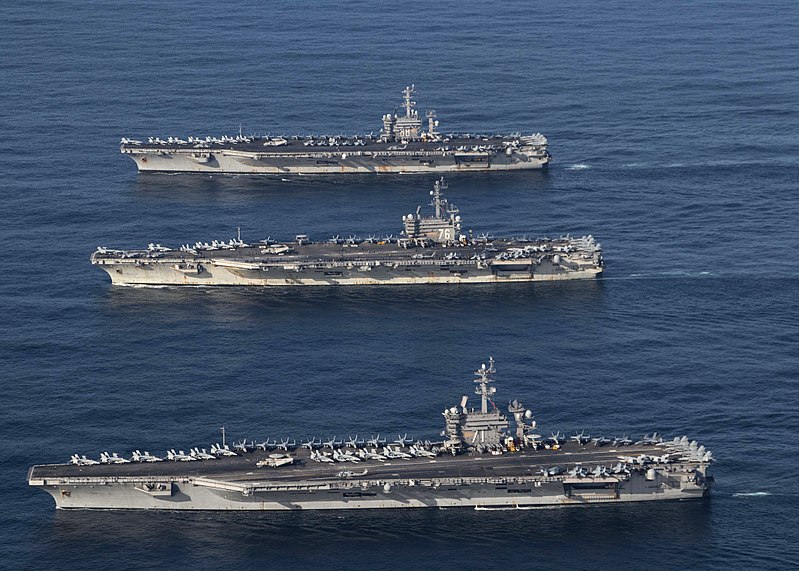An understanding of the basics of naval strategy is vital to making sense of the logic behind the construction of the battleship, and also to understanding naval warfare today. Modern naval strategy began with Alfred Thayer Mahan's seminal book The Influence of Sea Power upon History. He outlined how control of the sea had granted Britain victory over her enemies during most of the 18th century, and theorized that a power which could control the sea would have outsize influence over events on land. Events since then have borne him out.

Alfred Thayer Mahan
Even today, the sea remains the best way of moving large quantities of heavy objects about the globe. Over 90% of global trade goes by sea. Despite American airlift capabilities, any large-scale deployment of US troops would require equipment and supplies to be transported by sea. Two schools of thought have developed to deal with these basic facts: sea denial and sea control. Read more...








Recent Comments